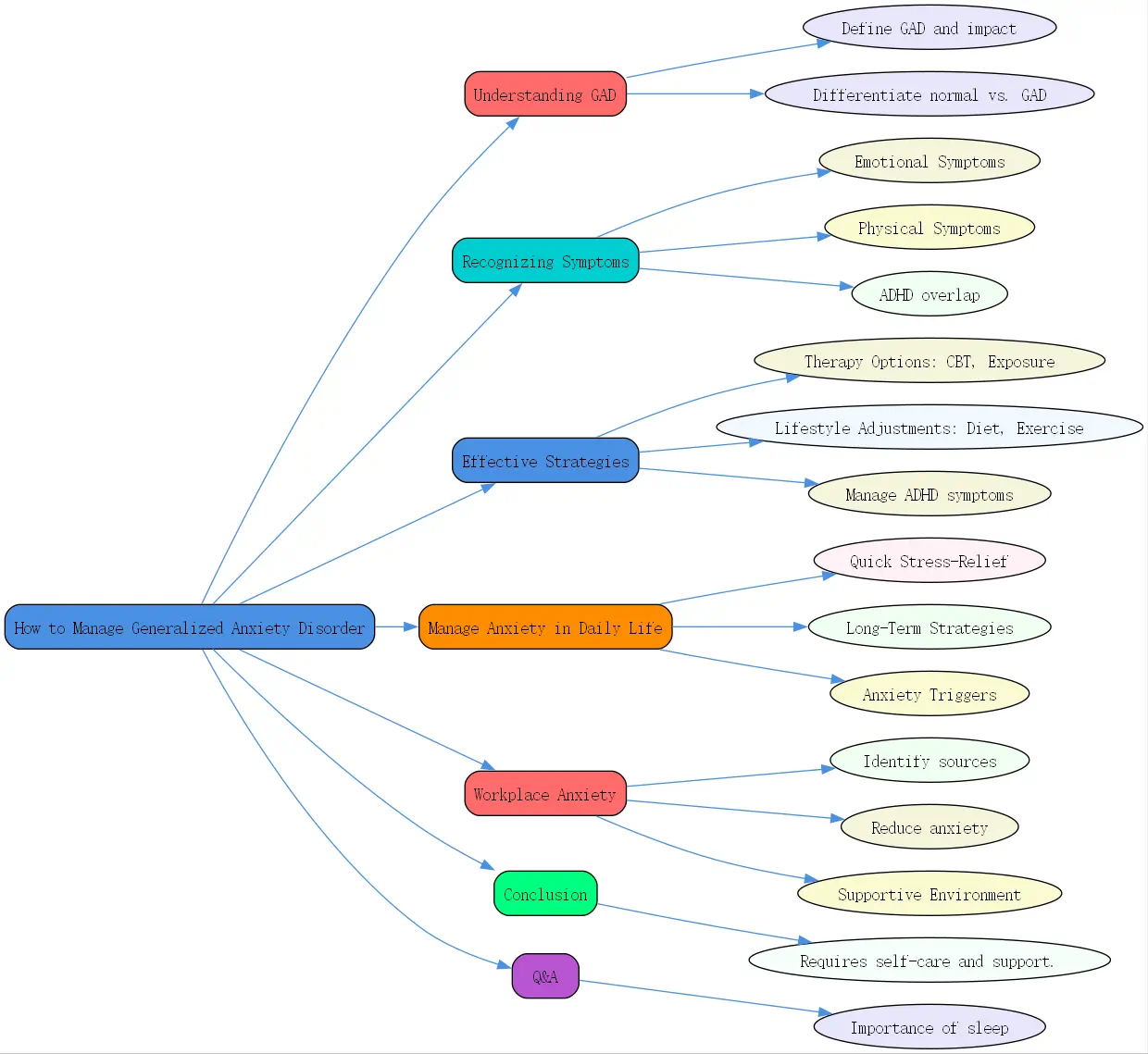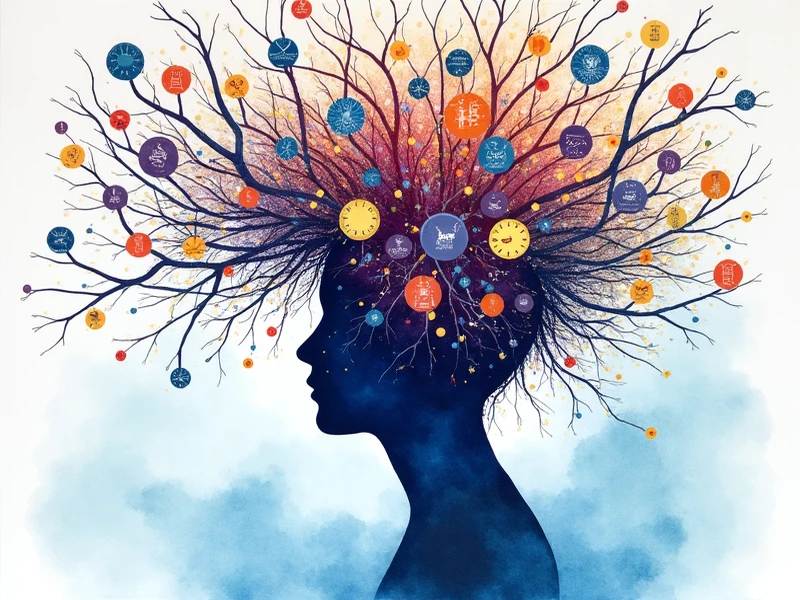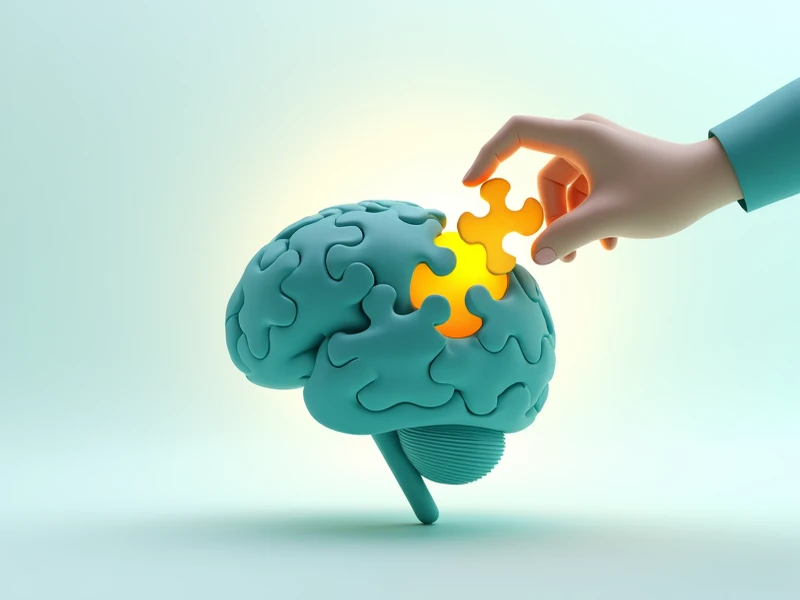Anxiety affects millions of people globally, including those dealing with generalized anxiety disorder (GAD). While occasional worry is a natural part of life, GAD is characterized by excessive, persistent worry that can interfere with daily functioning. In this article, we’ll explore how to manage generalized anxiety disorder, offer actionable tips for reducing anxiety and stress, delve into special considerations like ADHD-related anxiety, and provide practical advice for coping with workplace anxiety.
Understanding Generalized Anxiety Disorder (GAD)

Defining GAD and Its Impact on Daily Life
Generalized anxiety disorder is a chronic mental health condition marked by ongoing, excessive worry about various aspects of life, such as health, finances, or relationships. Unlike everyday stress, GAD involves feelings of fear and tension that persist for months, often impacting overall wellbeing and productivity.
Individuals experiencing GAD may find themselves constantly anticipating negative outcomes, which can make simple tasks and decision-making feel overwhelming. Identifying the differences between situational anxiety and GAD is crucial for effective management.
Differentiating Normal Anxiety from GAD
It’s important to understand the boundary between normal anxiety and generalized anxiety disorder. Feeling nervous ahead of an important event or decision isn’t the same as grappling with GAD. For people affected by this disorder, their worry not only lasts longer but often feels disproportionate to the circumstances at hand鈥攄isrupting their personal and professional life.
Recognizing this distinction can help individuals take the first step toward addressing their anxiety effectively. Seeking help early for GAD is vital for regaining control and decreasing its long-term effects.
Recognizing the Symptoms of GAD
Emotional Symptoms: Excessive Worry, Restlessness, Irritability
Emotional symptoms of generalized anxiety disorder often include persistent feelings of fear, unease, and irritability. Individuals may struggle with excessive worry that feels uncontrollable and out of proportion to the actual situation. These thoughts can prevent relaxation and lead to restlessness, impacting sleep and emotional health further.
Physical Symptoms: Muscle Tension, Sleep Problems, Fatigue

Anxiety doesn’t just affect the mind鈥攊t can take a toll on the body as well. Physical symptoms such as muscle tension, fatigue, rapid heart rate, and difficulty sleeping are common among individuals managing GAD. Over time, these issues can magnify overall stress levels and reduce quality of life.
How ADHD Anxiety Can Overlap and Complicate GAD Symptoms
For individuals with both GAD and ADHD, anxiety symptoms may appear more severe and multifaceted. ADHD-related anxiety can manifest as trouble focusing, hyperactivity-induced stress, or heightened emotional discomfort. Understanding how these conditions overlap is critical to developing personalized management strategies.
Effective Strategies to Manage Generalized Anxiety Disorder
Therapy and Counseling Options: CBT, Exposure Therapy
Therapeutic approaches like cognitive behavioral therapy (CBT) are highly effective in managing generalized anxiety disorder. CBT helps patients identify negative thought patterns and replace them with healthier, balanced perspectives. Exposure therapy鈥攁nother proven method鈥攇radually introduces individuals to anxiety-inducing situations to reduce their fear over time.
Lifestyle Adjustments: Diet, Exercise, and Sleep Hygiene
Making your lifestyle more conducive to managing anxiety is an important step. Regular physical activity reduces stress hormones and raises serotonin, which naturally combats anxiety symptoms. A nutritious, balanced diet supports brain health and improves mood stability, while better sleep hygiene allows the mind to reset鈥攊mportant for keeping GAD symptoms in check.
How to Manage ADHD Anxiety Symptoms Alongside GAD
Managing ADHD anxiety requires a dual approach. Behavioral strategies like planning, prioritizing, and setting clear goals can help minimize overwhelm. Supplementing these actions with mindfulness techniques and physical exercise can reduce overall stress while improving emotional regulation.

Tips to Manage Anxiety and Stress in Daily Life
Quick Stress-Relief Techniques
Deep Breathing Exercises: Step-By-Step Guide
Deep breathing is a simple yet powerful tool to calm anxious thoughts. Here’s how to incorporate it into your routine: 1. Sit in a comfortable position and place one hand on your stomach. 2. Slowly inhale through your nose, allowing your diaphragm to expand. 3. Exhale gently through your mouth, focusing on the flow of air leaving your body. 4. Repeat this process for 5??0 minutes to lower stress instantly.
Mindfulness and Meditation Practices for Immediate Relief
Mindfulness meditation, which involves focusing fully on the present moment, can reduce negative thought patterns contributing to stress. Guided meditation apps or virtual sessions can help beginners incorporate these practices without feeling overwhelmed.
Long-Term Strategies for Anxiety Reduction
Regular Physical Activity and Its Benefits
Incorporating exercise into your routine isn’t just good for your body鈥攊t’s essential for emotional balance. Activities such as walking, swimming, or yoga release endorphins, which naturally reduce stress and support overall health.
Healthy Diet and Its Impact on Mood
A diet rich in whole foods, lean proteins, and complex carbohydrates can stabilize mood swings and optimize brain function. Avoiding caffeine and reducing sugar may also help regulate anxiety.
The Importance of Social Support Networks
Having a robust social support system can make emotional challenges easier to navigate. Friends, family, or support groups provide safe spaces for sharing feelings, gaining perspective, and reducing isolation.
Addressing Specific Anxiety Triggers
Identifying Common Anxiety Triggers and Developing Coping Mechanisms
Recognizing your anxiety triggers, whether environmental or emotional, allows you to prepare effectively. Strategies such as journaling, distraction techniques, or simple affirmations can help you stay resilient during stressful moments.
Techniques for Managing Panic Attacks
Panic attacks can feel sudden and overwhelming, but techniques like grounding exercises and mindful breathing can restore calm in the moment. Consult a therapist for a personalized plan tailored to your experiences.
How to Manage Workplace Anxiety Effectively
Identifying Sources of Workplace Anxiety
Common Triggers: Deadlines, Performance Reviews, Interpersonal Conflicts
Workplace anxiety often stems from high-pressure tasks, fear of judgment in performance evaluations, or conflicts with colleagues. Recognizing these sources is the first step to finding solutions.
Recognizing the Signs of Anxiety in the Workplace
Symptoms of workplace anxiety may include difficulty concentrating, avoidance behaviors, or physical responses such as headaches and fatigue. By observing these signs early, employees can seek appropriate interventions.
Practical Strategies for Reducing Workplace Anxiety
Time Management and Organization Techniques
Creating structured schedules, breaking tasks into smaller steps, and using digital productivity tools can reduce the overwhelm caused by tight deadlines.
Communication Strategies for Conflict Resolution
Honest and clear communication helps resolve misunderstandings before they escalate into workplace stress. Consider practicing assertiveness while respecting others’ boundaries.

Seeking Support from Colleagues or Supervisors
Don’t hesitate to lean on workplace allies for support鈥攚hether by discussing workload adjustments or simply sharing concerns. Supervisors can often provide accommodations or guidance designed for stress reduction.
Creating a Supportive Work Environment
Promoting Open Communication and Reducing Stigma
Fostering open dialogue around mental health can help employees feel safe and supported. BrainTalking encourages practices like regular team check-ins to normalize conversations about emotional wellbeing.
Implementing Wellness Programs and Stress Management Resources
Companies should introduce programs aimed at improving mental health. Yoga sessions, psychotherapy access, or employee assistance programs (EAPs) all contribute to reducing workplace anxiety at scale.
Conclusion
Managing anxiety鈥攚hether generalized, ADHD-related, or work-specific鈥攔equires a combination of self-care techniques, therapeutic interventions, and appropriate support. How to manage generalized anxiety disorder starts with understanding your symptoms and taking proactive steps toward building a more balanced life.
If you’re struggling, remember that you’re not alone. BrainTalking provides valuable information and resources to guide individuals toward healthier mental well-being. Whether through lifestyle changes, workplace adjustments, or professional support, actionable strategies like those outlined above can help reduce anxiety and improve overall quality of life.
Q&A Section
Why is sleep so important for managing anxiety disorders?
Sleep plays a foundational role in regulating emotional health. A lack of sleep can increase cortisol, the stress hormone, while reducing serotonin levels鈥攚hich makes managing anxiety more challenging. Establishing a sleep routine not only improves physical health but also sharpens mental clarity and emotional resilience.
To improve sleep quality, consider setting a consistent bedtime, creating a calming nighttime atmosphere, and winding down with relaxation exercises such as deep breathing. Consult a healthcare provider if insomnia persists, as untreated sleep disorders can exacerbate anxiety symptoms.




